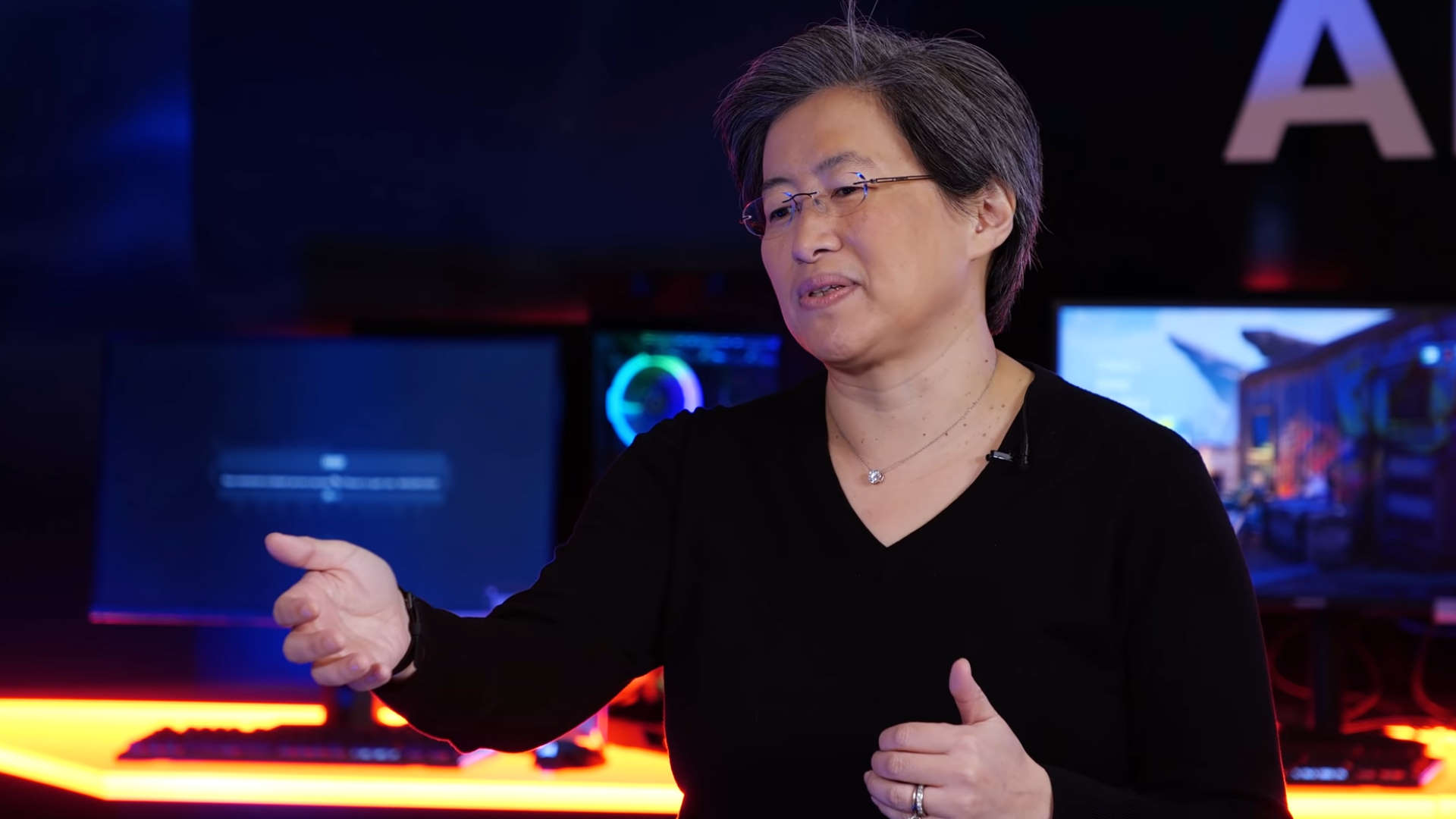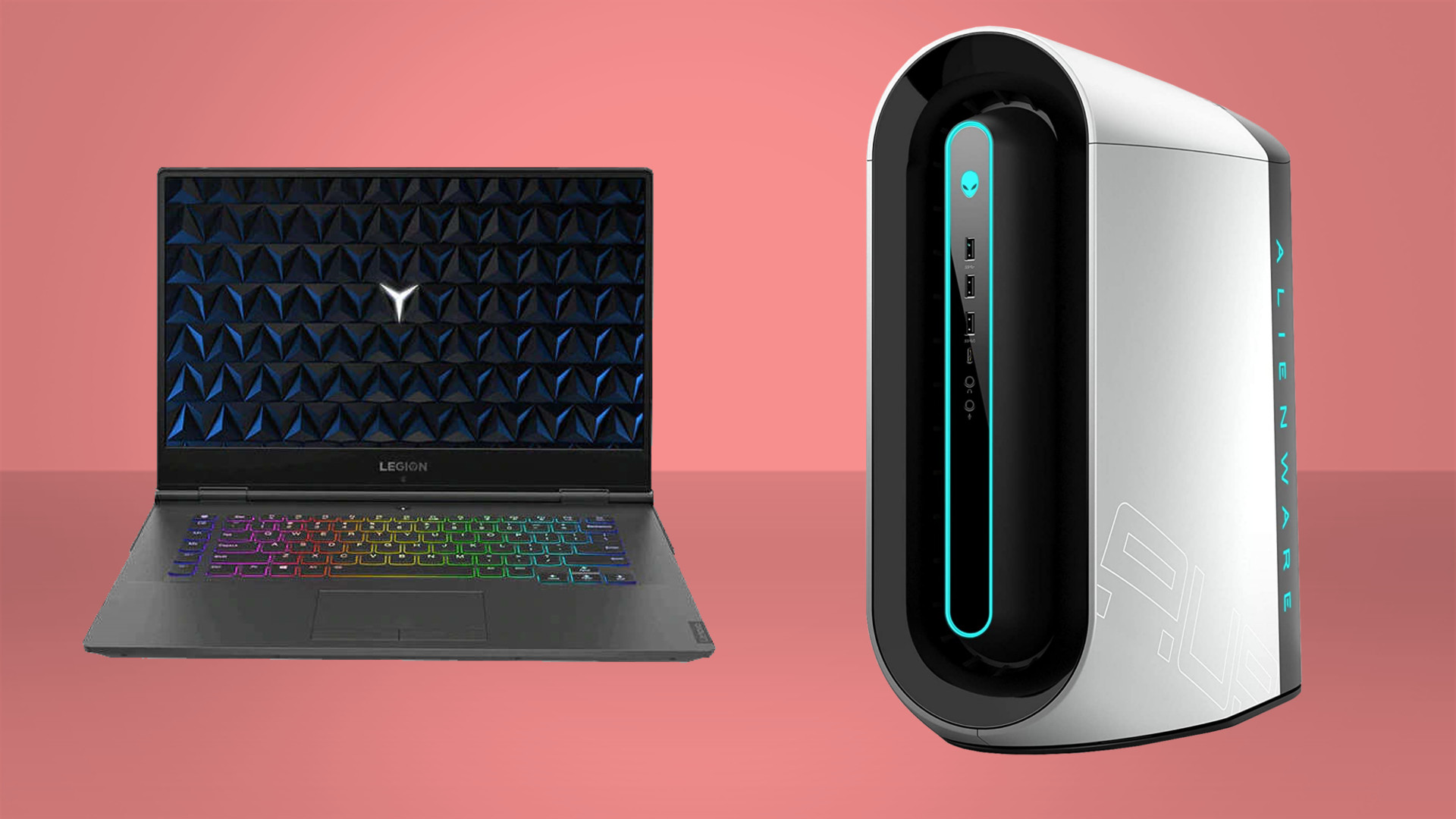AMD hits record $3.4B in first quarter but claims cryptocurrency impact was 'negligible'
We want numbers, though.

In last night's AMD Q1 earnings call, the company revealed revenues of $3.45 billion in the first quarter of 2021—that's a 93 percent increase year on year. And from AMD's Computing and Graphics segment—where all the dollar from our juicy component purchases go—the company boasts $2.1 billion, up from last year's $1.438 billion, with an operating profit of $485 million, up from $262 million.
This kind of growth is unsurprising in light of such intense demand for hardware. But as the earnings call wound down to its usual Q&A, the company's CEO Lisa Su seemed to stumble over how much of that profit comes from cryptocurrency mining operations.
In speaking to an analyst at BofA Securities (formerly Bank of America Merrill Lynch) Vivek Arya about whether there was any impact from cryptocurrency on the profit increase, Lisa Su had this to say:
"You asked about crypto. We do not—we have negligible crypto in here. So this is really the foundational business, really, the new products and just seeing the customers adopt and ramp quickly."

Best gaming PC: the top pre-built machines from the pros
Best gaming laptop: perfect notebooks for mobile gaming
This minor hesitation could point to a shaky grasp of the situation. Essentially AMD has little way to measure how much of an impact cryptocurrency mining is really having on its earnings. This inability to parse the numbers that have come from genuine gaming GPU sales, and those that have gone to miners, means it's difficult to pinpoint a specific value right now.
The surge in cryptocurrency profitability hit just at the wrong time, or perhaps the right time depending on your job title. Still, supply shortages in light of the global pandemic formed an unstable base for dealing with increased demand for PC components across the board.
Despite being convinced that cryptocurrency mining doesn't impact the availability of gaming cards, Nvidia has begun dangling a line of mining-focussed CMP SKUs out, to bait crypto miners away from our precious gaming GPUs. The popularity of these new mining cards surprised even Nvidia, and to underline the attempt at segregating users intentions, the company could even be implementing mining limiters on the whole of its 30-Series graphics card lineup, to help herd miners in the right direction.
The biggest gaming news, reviews and hardware deals
Keep up to date with the most important stories and the best deals, as picked by the PC Gamer team.
The subsequent benefit from all this, was that Nvidia would be able to get a better idea of exactly where it's profits were coming from.
This is an avenue AMD has not hinted at exploring any time soon, with the company's stance being that it would not be limiting any workload, including cryptocurrency mining. But the company's refusal to follow suit also means there's nothing to say when people come at them with tough questions about cryptocurrency mining.
Transparency is front and center in the world of business at the moment. And with the popularity and controversy surrounding cryptocurrency unlikely to die down anytime soon, it may be time for AMD to push for a clearer look at where it's getting its money.

Screw sports, Katie would rather watch Intel, AMD and Nvidia go at it. Having been obsessed with computers and graphics for three long decades, she took Game Art and Design up to Masters level at uni, and has been rambling about games, tech and science—rather sarcastically—for four years since. She can be found admiring technological advancements, scrambling for scintillating Raspberry Pi projects, preaching cybersecurity awareness, sighing over semiconductors, and gawping at the latest GPU upgrades. Right now she's waiting patiently for her chance to upload her consciousness into the cloud.

